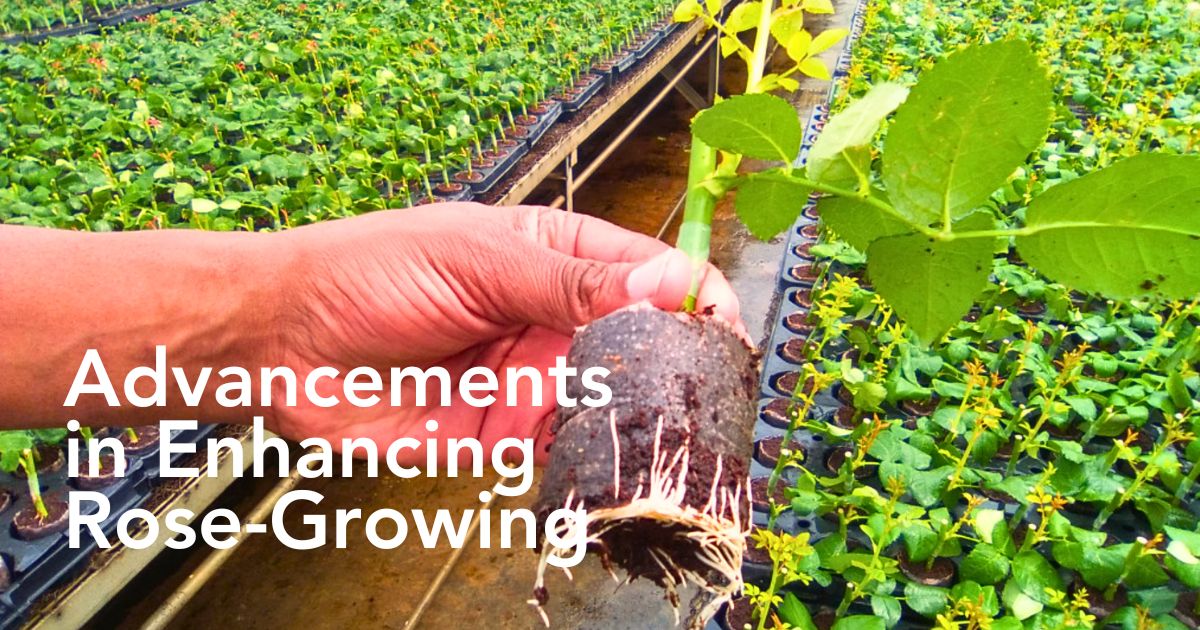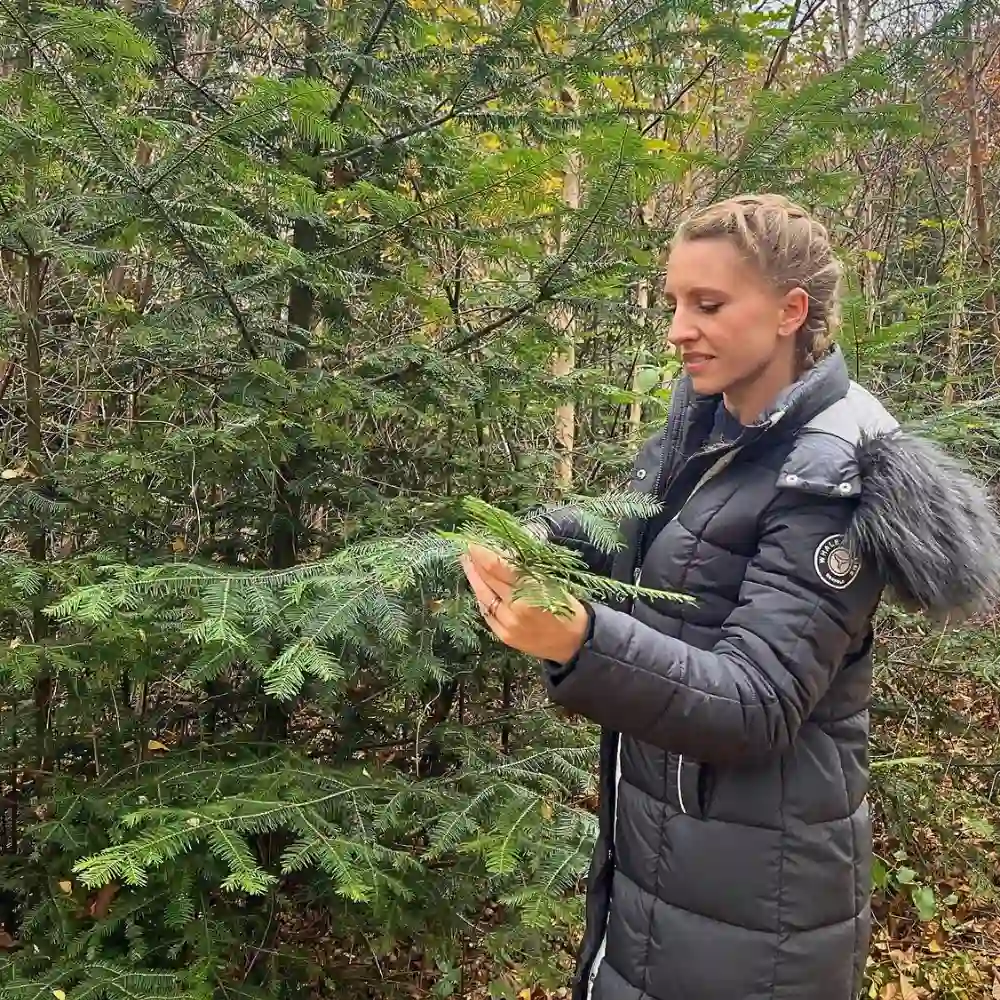Plant Research Overberg (PRO) — more commonly — simply known by its brand name ProRoot, is a worldwide leader in the rose rootstock breeding and propagation trade. For more than a quarter of a century, this Dutch flower enterprise has been influential in transforming rose cultivation, practically, all over the world; enhancing both productivity and sustainability within the industry.
Broadly speaking, PRO which has been in rose rootstock breeding since the early 1990s, has an assignment to help build a better, more profitable, sustainable, and future-proof flower industry. Its innovative approach inspired the development of new rootstocks that are not only superior but also much more rewarding compared to the standard ones available. Here’s how it all happens.
From Wageningen University to Being a Leader in Rose Rootstock Breeding
ProRoot’s story begins in 1996 with its establishment by the senior Dr. Peter A. van de Pol, who was a horticulture don and also a rose breeder. But the initial research began way back, in the '70s and '80s while he worked at Wageningen University.
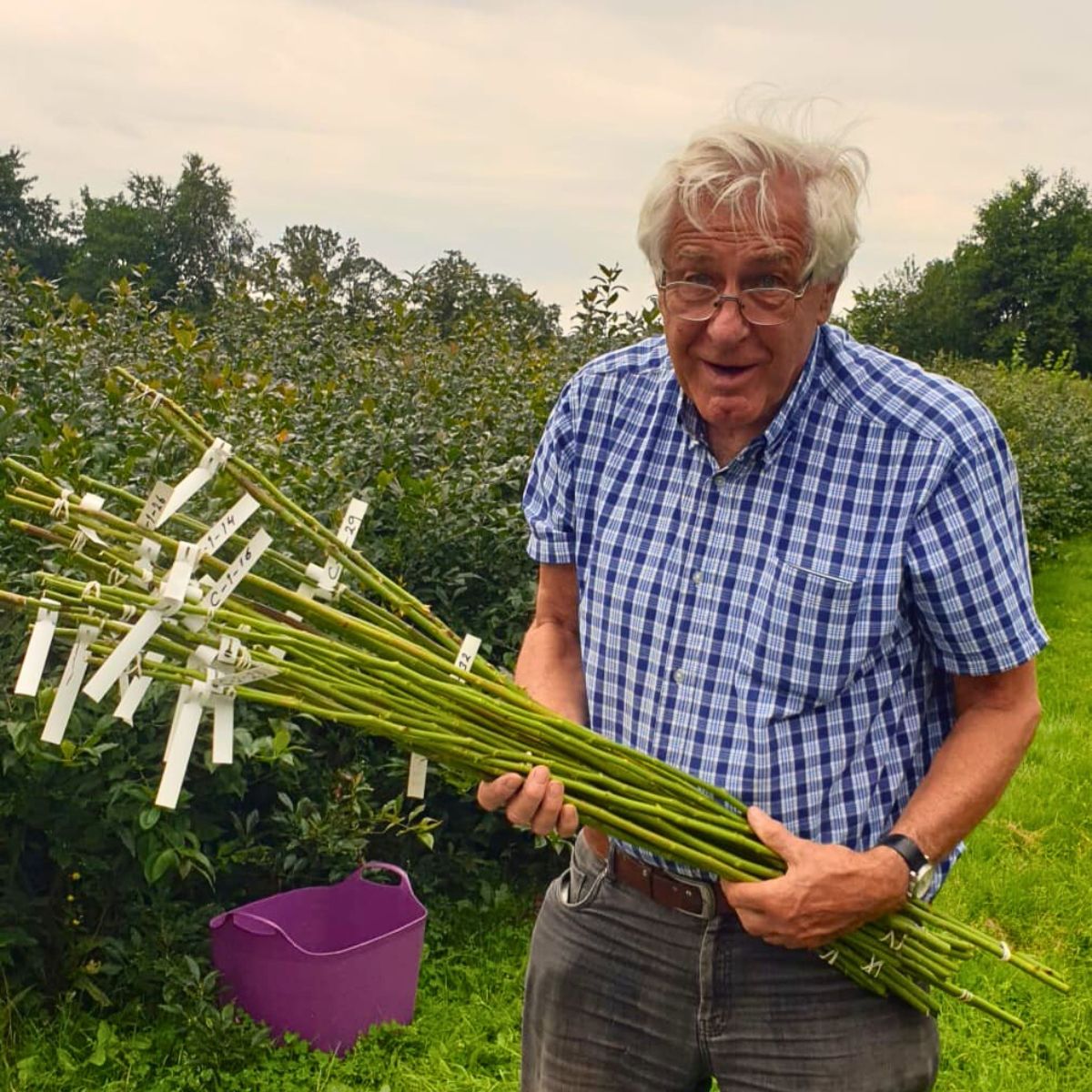
Its institution, by all means, was not a sudden venture; it typified the furtherance of Dr. Van de Pol's rose research back at Wageningen University. This solid footing in academic research, also, provided the bedrock for the breeding and propagation company’s subsequent success. Moreover, the company's strategic location in the Netherlands, the heart of the European horticultural industry, further solidified its position for growth and global reach.
Peter van de Pol Jr.—his son—joined the company in late 2005, ensuring a seamless transition—and continuation—of the family's trade in rose rootstock innovation. It, then, ventured into Kenya through propagator Stokman Rozen, and subsequently around the world in all major rose production regions. In these areas, ProRoot, either, has a company or works through its networks of agents.

Breeding Superior Rose Rootstocks
ProRoot’s core business revolves around the breeding and development of superior rose rootstocks. Unlike the rose itself, the rootstock is the foundation upon which the rose plant grows. A healthy and efficient rootstock is vital for optimal rose production. It impacts factors like stem length, flowering cycle, disease resistance, and overall yield. ProRoot’s expertise, therefore, lies in classic breeding and selection, creating rootstocks that address these key challenges faced by rose growers across the world.
For starters, the superior Natal Briar was a rootstock introduced by Dr. van de Pol in the mid-80s. This rootstock has been in use for years, and while it is excellent in many ways, the ever-evolving conditions and technological innovation required the development of new rootstocks that are capable of replacing Natal Briar and other older ones for roses by producing at least 10% more biomass in the greenhouse, among other deliverables. This translated into more, heavier, and often longer stems.
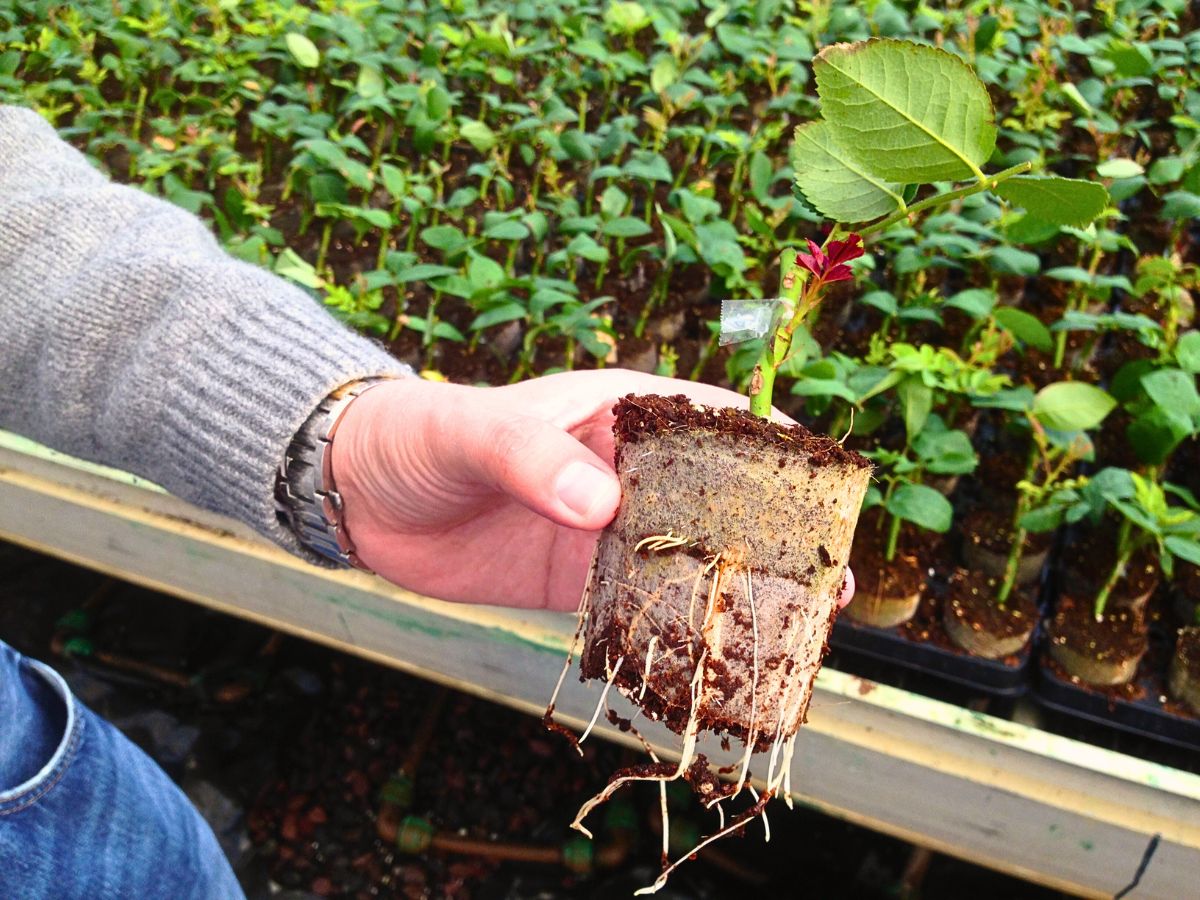
The science behind the whole rootstock breeding process isn't so much complicated. It is general knowledge that most cut or garden roses perform exemplarily well when a good rootstock is used. Originally rootstocks were selections from wild botanic varieties such as Rosa canina. However, the invention of top grafting made it easy to use other types of hybrid roses. Natal Briar, as a result, was a success because of the invention of top grafting by Dr. Van de Pol. Moreover, ProRoot breeds and propagates its rootstocks for eye budding (miniplantas) as well. And these results are perfect too.
For the breeding company, therefore, the goal has always been to deliver better rootstocks than Natal Briar, which has for years, been the leading world standard ever since its introduction until now, as well as other varieties.
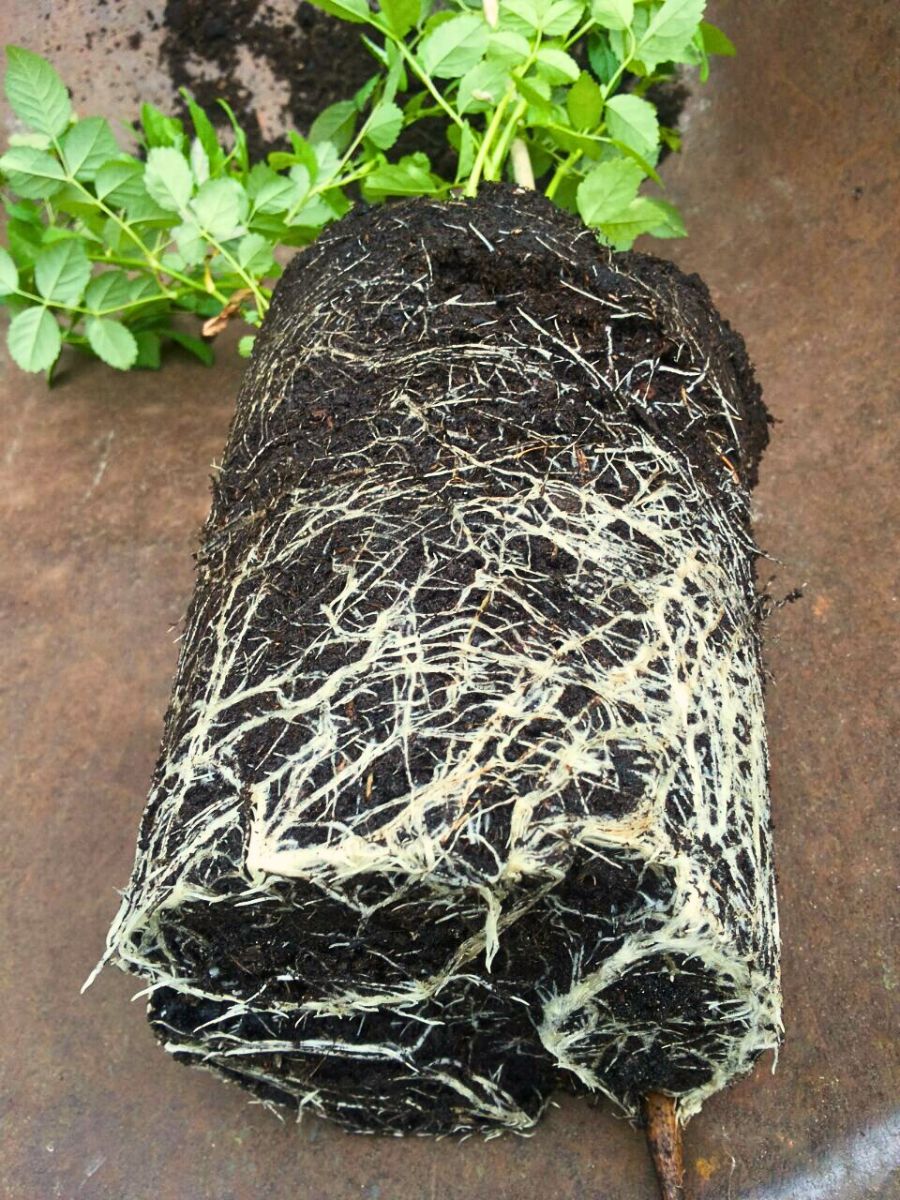
Peter van de Pol. Jr:
“Natal Briar is still used and grown all over the world. One thing to note, however, is that globally, many millions of rose rootstocks are required every year for roses’ cultivation. This means that billions of Natal Briar have been produced in the past years. ProRoot, therefore, strives to develop and deliver modern and better rootstocks to growers. But there, always, is still a need for more advanced rootstocks.”
Enter PRO Rootstocks: ProTatu (PRO3) and ProSaba (PRO7)
One of ProRoot’s most significant feats in this regard has been the 2010 development of ProTatu (PRO3), and later ProSaba (PRO7), which are revolutionary rose rootstocks that, alongside their predecessor Natal Briar, represent a significant leap forward in rose breeding, propagation, and cultivation technologies.
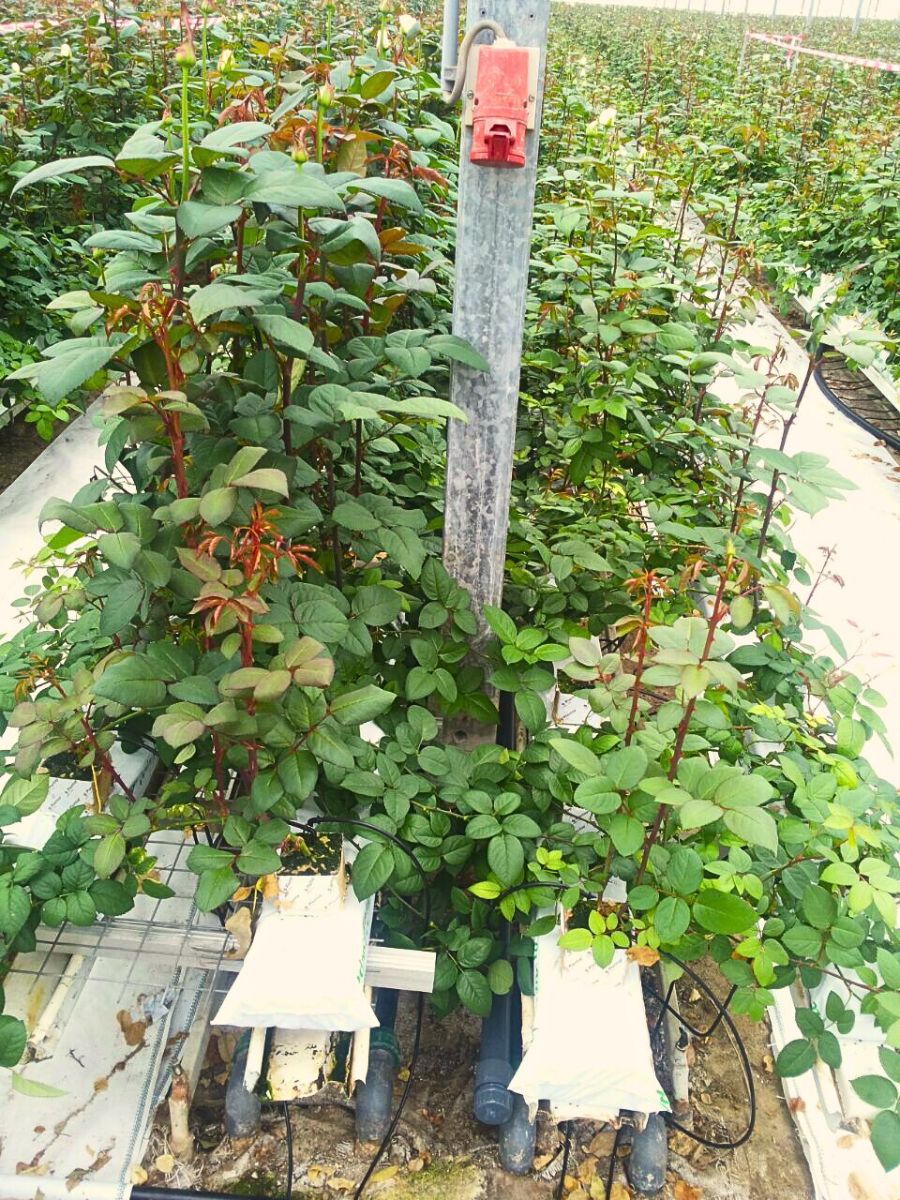
The PRO rootstocks were officially launched in Europe and Africa in early 2016. In Europe, these rootstocks are produced and distributed in partnership with Kordes Rosen/Interrose/ProRoot B.V. In Africa they are at ProRoot Ltd/Stokman Rozen, Olij Kenya Ltd. (Dümmen Orange), and Soloplant Kenya Ltd in Kenya. They are also available at Dümmen Orange Ethiopia. For South America, they are delivered through Plantec in Ecuador and Colombia, and Dümmen Orange Brasil. For China, Beijing Landsong AgriBusiness Technology Development Co. Ltd distributes the rootstocks while in India, they can be acquired at Moerheim Roses & Trading India Pvt. Ltd. Keisei Rose Nurseries Ltd in Japan distributes the rootstocks as well. These are just a handful, among numerous other locations.
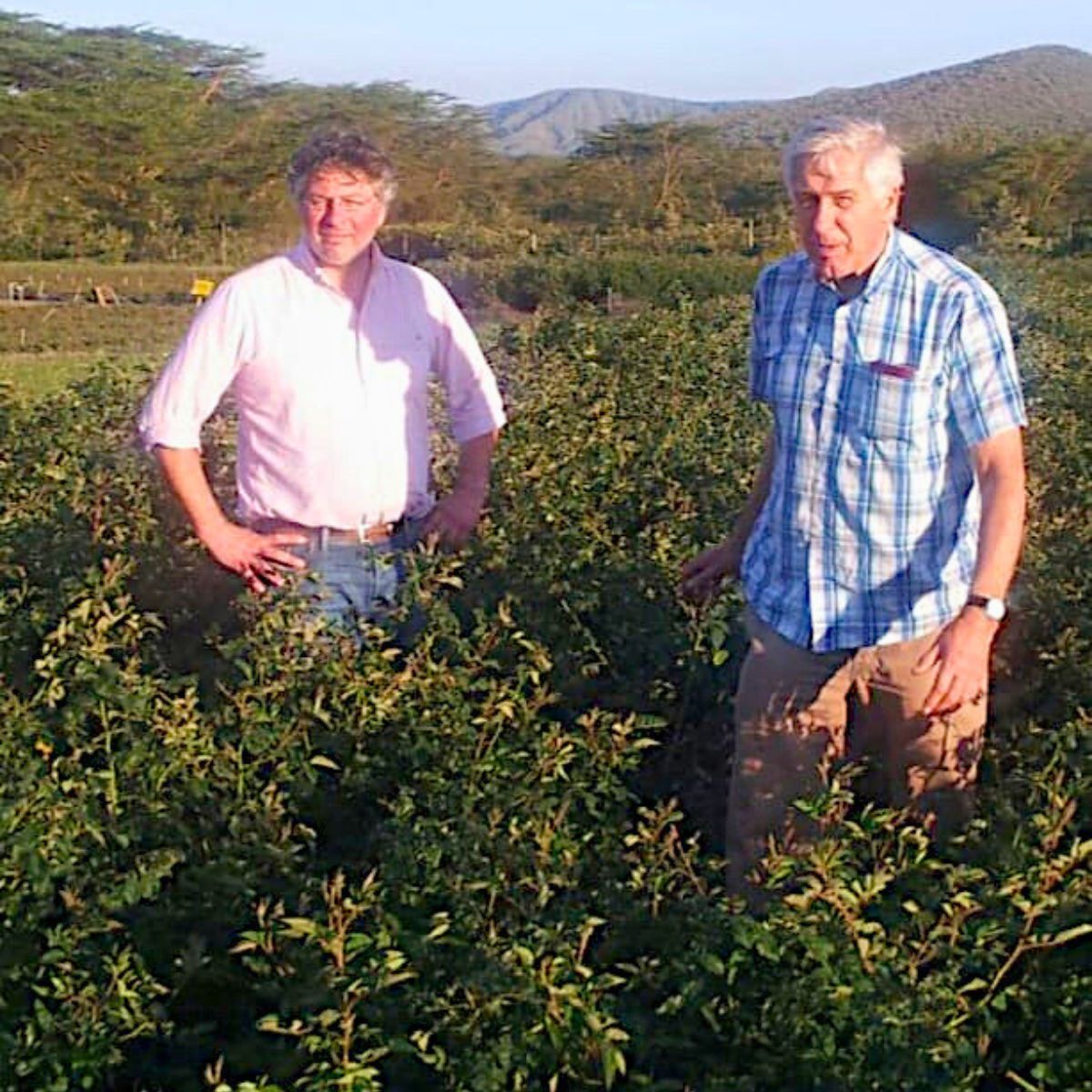
Better and Much Improved Rose Rootstocks Than Previous Ones Available
PRO rootstocks are advantageous in many ways and impactful for rose growers. They offer a range of benefits that significantly improve rose production efficiency and quality. PRO3 rootstocks, for instance, give more numbers. They can produce between 10% and 30% more stems, which means more flowers on each rose plant. Because the rootstocks grow with less stress, they show more tolerance to bacterial infestation. This increases their ability to prevent diseases like Agrobacterium, cutting the need for chemical treatments and promoting sustainable cultivation practices.
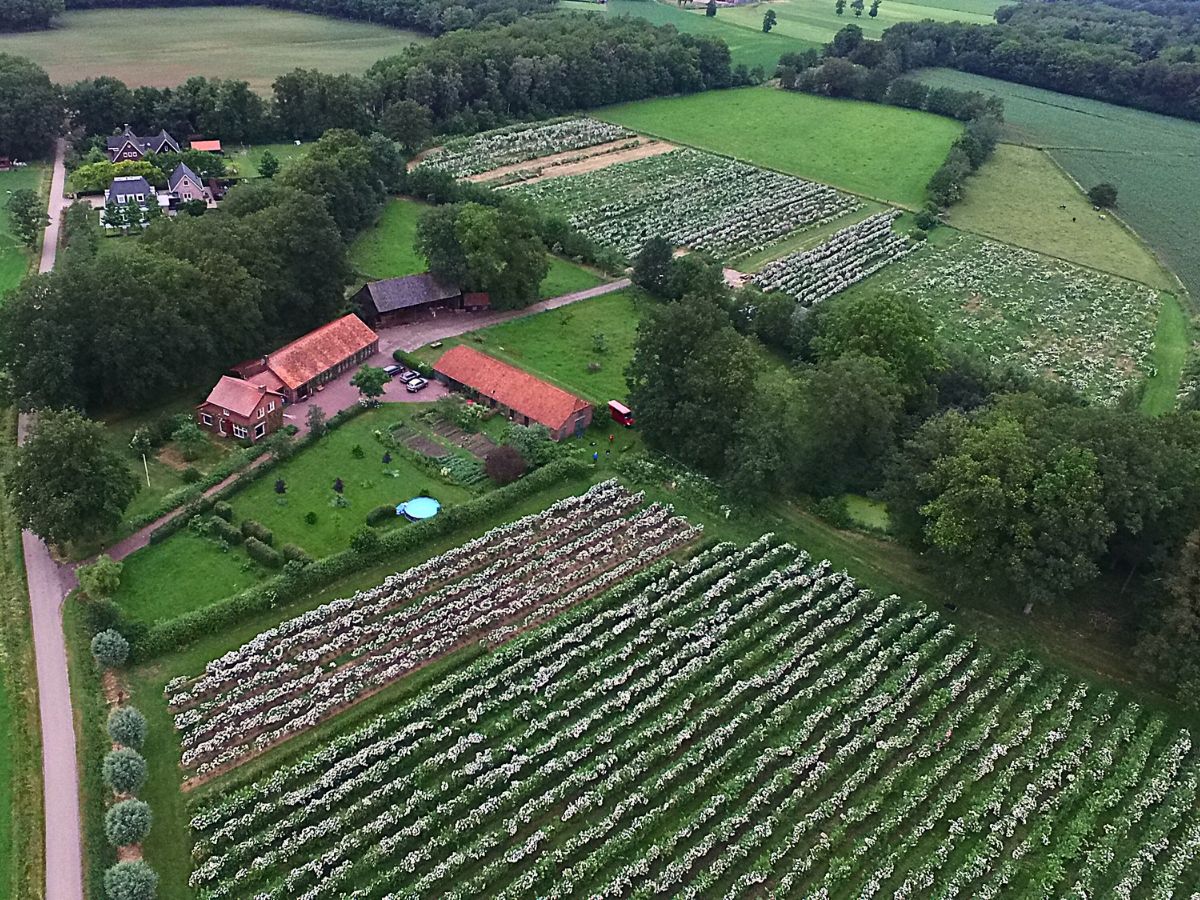
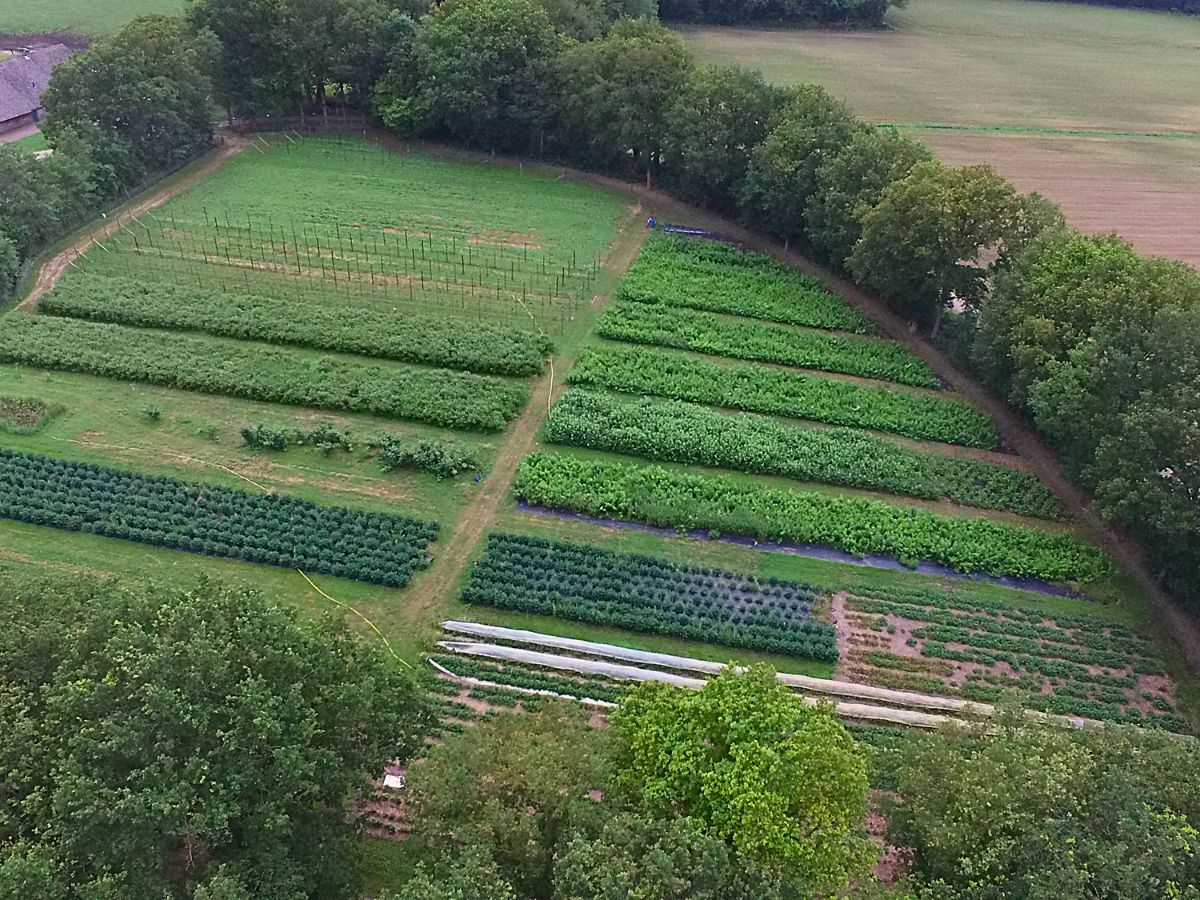
PRO3, similarly, has enhanced mineral uptake capabilities and is much more stress-resistant than Natal Briar. Therefore, it generally delivers significantly better results than Natal Briar or other rootstocks such as Inermis, Manetti, Laxa, Indica Major, Dr. Huey (a dark red hybrid wichurana climbing rose), or roses growing on their own roots (cuttings). ProTatu can, as noted previously, deliver more than 30% extra compared to Natal Briar, which is translated in the number of stems and often length.
Even still, PRO rootstocks generally mimic the positive effects of increased CO2 levels. Using these PRO rootstocks, therefore, brings the benefits of CO2 without the CAPEX. This means substantial cost savings for growers. Moreover, they consistently produce roses with longer and more stems, which are critical factors in the cut rose industry, as stem length often directly impacts the market value of the roses.
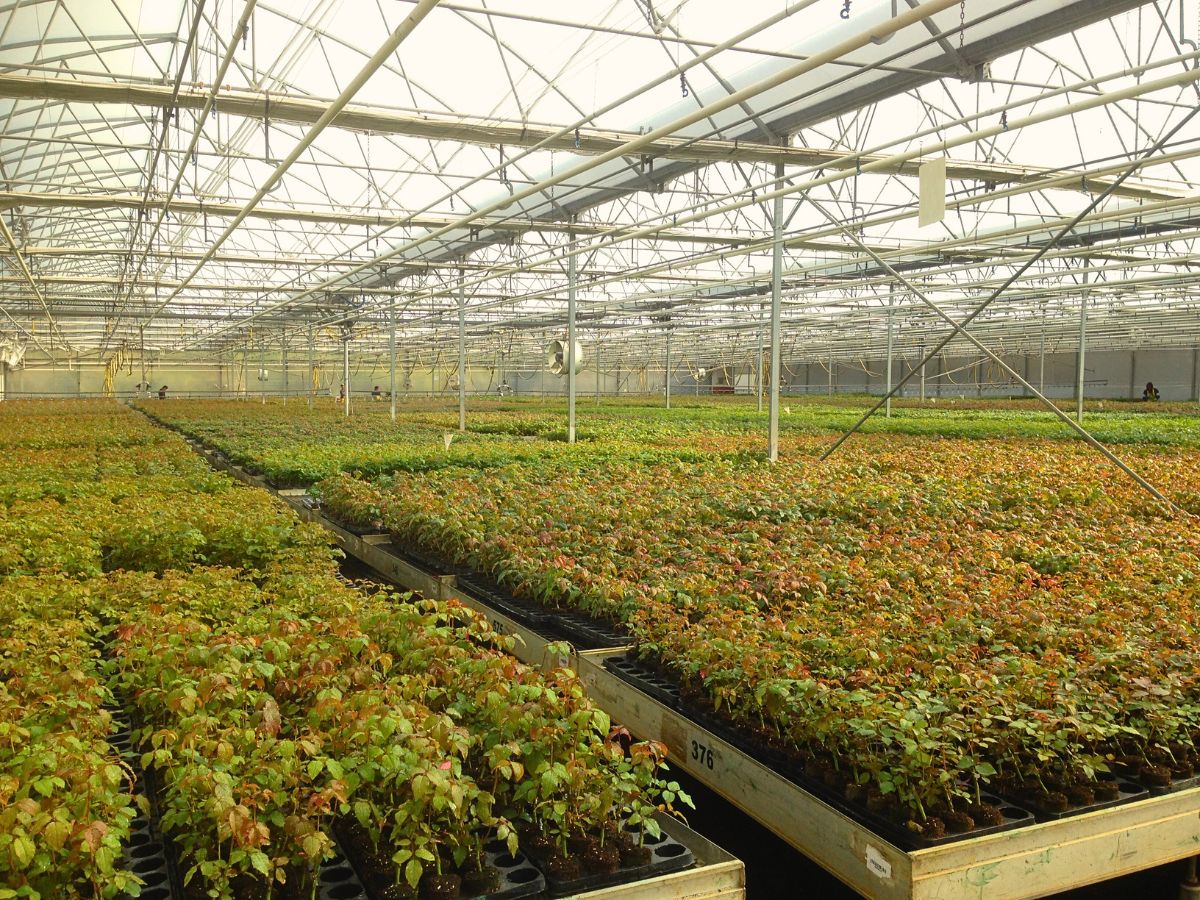
Moreover, PRO rootstocks promote faster growth cycles, allowing rose growers to achieve higher production volumes within shorter timeframes. This increased efficiency translates directly into greater profitability. Plus, these rootstocks contribute to a more vigorous and resilient rose plant that is better able to hold against environmental stresses, while still maintaining optimal growth and health. The rootstocks, likewise, exhibit improved performance in colder climates thus increasing the geographical regions suitable for rose cultivation, and at the same time they minimalize the occurrence of flushing, which could disrupt the flowering cycle and reduce roses’ yield.
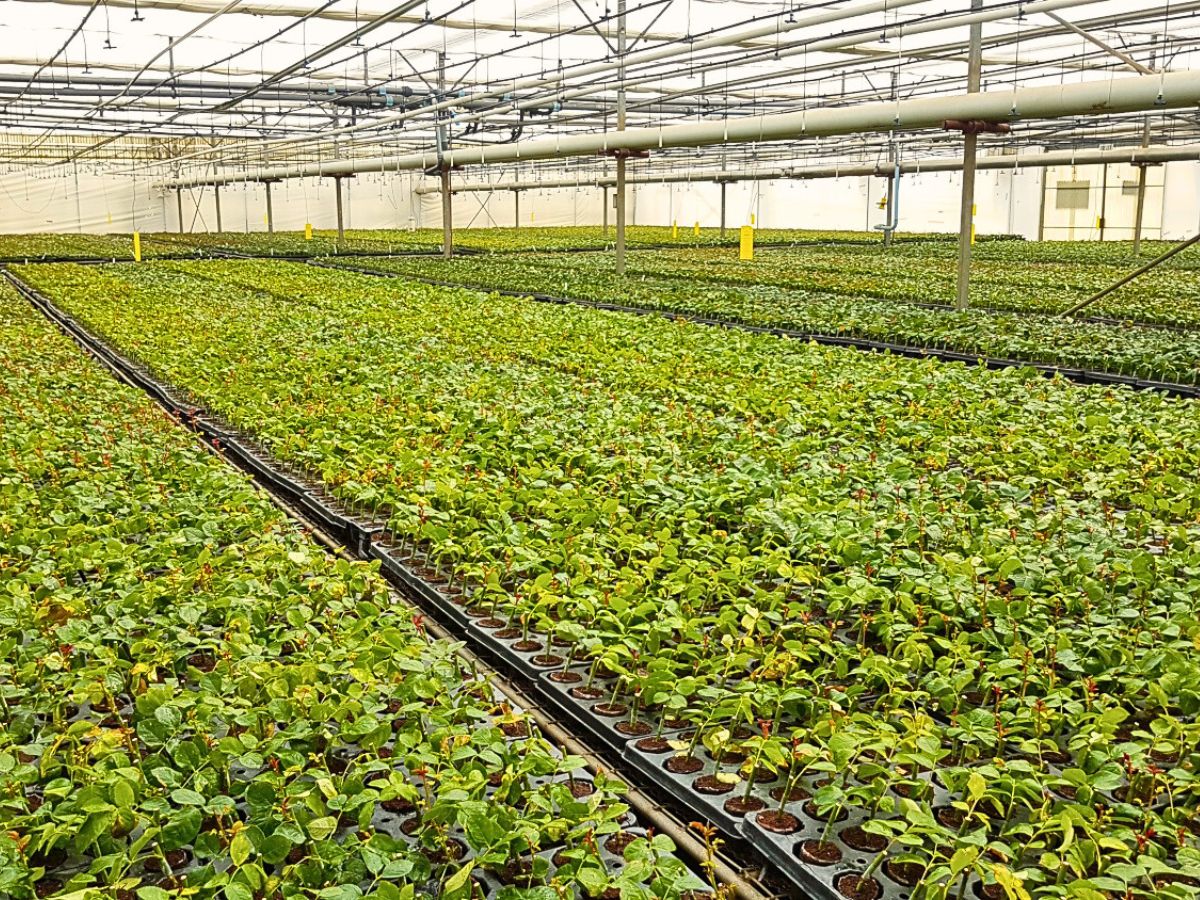
Essentially, these rootstocks have so much to offer when it comes to rose cultivation. And thus, with its significant command of the market share, ProRoot definitely has its touch and impact on the general rose cultivation scene with its rootstocks being used all across the world. And the results are, without a doubt, visible in the roses produced.
Photos by ProRoot.

